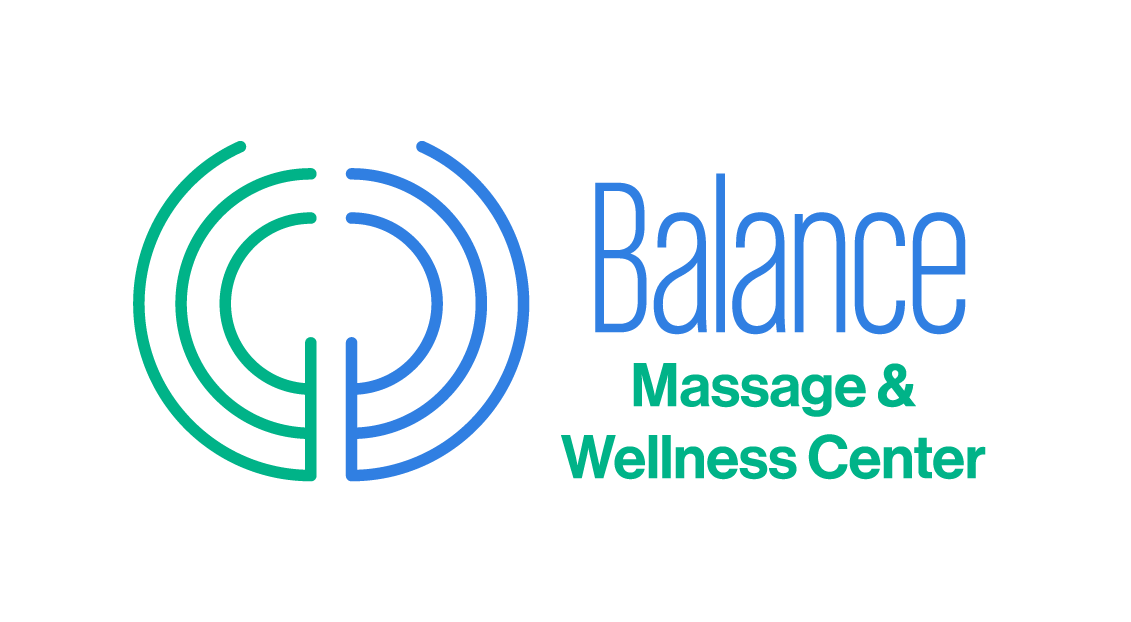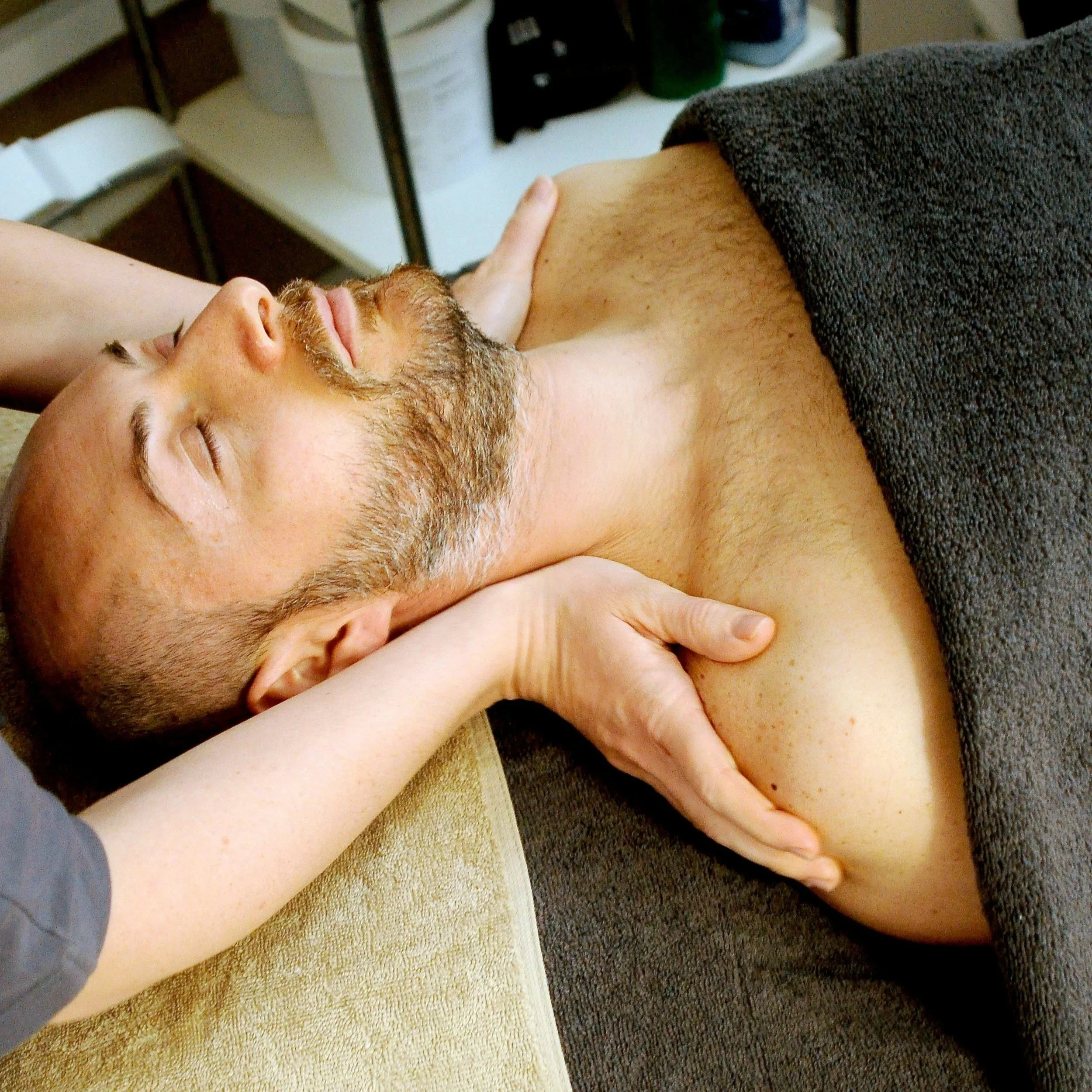Swedish massage
Developed in the early 19th century by Swedish physiologist Per Henrik Ling, Swedish Massage style focuses on promoting overall wellness and easing muscle tension through a combination of five fundamental strokes:
Effleurage: These are long, sweeping strokes that help to warm up the muscles and increase blood flow.
Petrissage: This technique involves kneading and rolling of the muscles to release tension and improve circulation.
Tapotement: These are rhythmic tapping or chopping movements that help stimulate the muscles and improve circulation.
Friction: This involves deep, circular movements that help to break down muscle knots and improve flexibility.
Vibration: Gentle shaking or vibrating motions are used to relax muscles and reduce stress.
The combination of the above techniques combine to create a flowing, relaxing experience. Swedish massage benefits are numerous and can include reducing stress, improving circulation, and enhancing flexibility. By stimulating the circulatory system, Swedish massage helps increase the flow of oxygen-rich blood to the muscles, which can aid in the removal of metabolic waste and reduce muscle soreness. Additionally, the relaxation induced by the massage has been shown to lower cortisol levels, the hormone associated with stress, and improve overall mood.
A review published in The Journal of Clinical Psychiatry found that Swedish massage can significantly reduce symptoms of anxiety and depression, providing a non-pharmacological option for managing these conditions. Another study in Pain Medicine demonstrated that Swedish massage could effectively decrease pain and enhance physical function in individuals with chronic low back pain. Additionally, research featured in The International Journal of Therapeutic Massage and Bodywork suggests that regular Swedish massage may improve sleep quality and reduce insomnia symptoms.
Overall, Swedish massage is recognized for its comprehensive approach to health and well-being, offering both physical and psychological benefits. Its gentle techniques make it suitable for a wide range of individuals, from those seeking relaxation to those needing therapeutic relief from chronic conditions.

